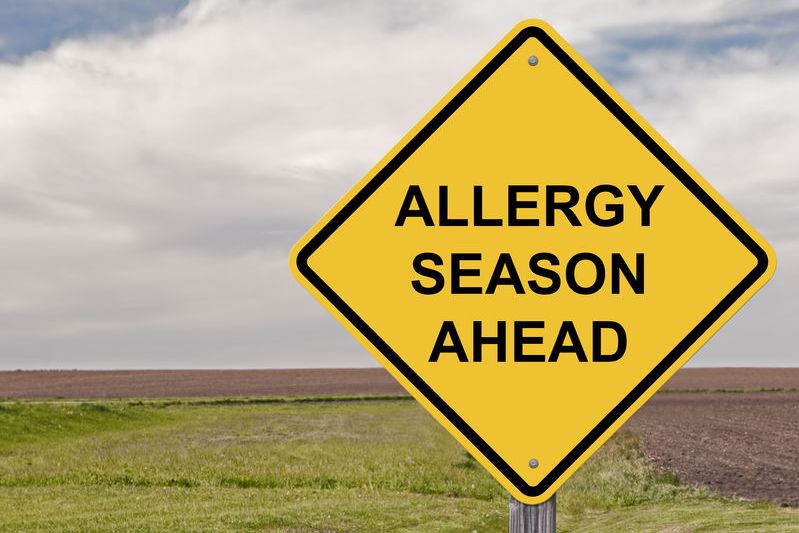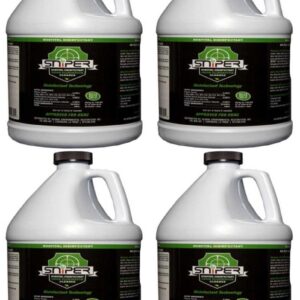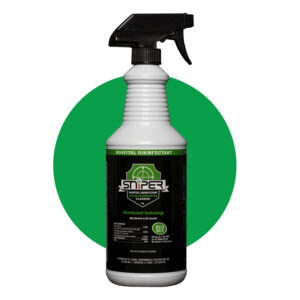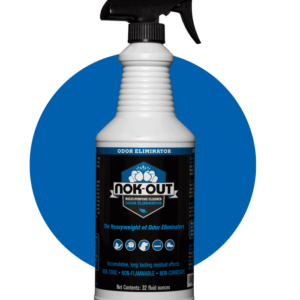Suffering from Allergies? Runny nose, teary eyes, congestion, sneezing got you down?
It’s the time of year that some of us dread – the coming of Allergy Season. Indoor Air Quality is directly related to our experience of allergy season because we spend a lot of time at home, yet is something most of us take for granted. We have air filters for our HVAC, our car, home, and office too, that trap particulates to prevent us breathing them in. This is a good thing because much of that stuff masquerading as dust is actually pollen, spores, dander and other nearly invisible biological material that can irritate eyes, nose and throat and in some cases, can provoke a headache, dizziness or fatigue.
The degree to which allergy season affects you can vary widely. The blessed among us may never notice anything at all. Allergy sufferers, on the other hand, may dread the arrival of spring and/or fall because of the load of pollen, spores and other stuff floating in the air. Some of the immediate effects of breathing these are very similar to the symptoms of a cold or the flu, which may cause a bit of confusion.
These ‘pollutants’ in your home or office may have many sources:
- combustion by-products
- tobacco products
- new construction (new floors, carpets painted surfaces, cabinetry
- newly manufactured furniture such as mattresses that emit VOC’s
- dirty HVAC filter
- high humidity inside your home
- things that continuously emit ‘fragrances’ or other odor masks
- outdoor sources such as pesticides, and human-caused environmental pollution such as smoke and particulates arising from manufacturing and construction
For many of these a great solution is simply to open the windows and air out the home or office – but this is not always practical, or desirable if the outdoor air is filthy.
Filtration Helps
Fortunately, we have filters in our homes that help. If you suffer during allergy season, you should not skimp here. Purchase HEPA air filters with the finest filtration ratings you can find, and replace them regularly. There are other filtration sources in the home as well – your carpet is one of them. Drapes and curtains are another. A too-full vacuum cleaner bag can release particulates right back into your home.
How can you reduce ‘allergy triggers’ (allergens) in your home?
Remember that we can’t change conditions outdoors much, but we can have a positive effect on our indoor environment! Don’t let allergy season get the best of you. Here’s how you can make a difference in your home. With a little effort and knowledge, you can restore your indoor environment, to be comfortable at home during allergy season.
1) Place doormats both outside and just inside entryway doors – one on each side of the door. Cleaning your shoes on both of them will help keep floors clean – and the air, too. Clean the mats as part of your weekly housecleaning. If this is unappealing, consider removing your shoes on entry to your home and wearing house shoes while at home.
2) Change your HVAC air filter regularly. Increase the air filtration with the use of an additional air filter. You can make a DIY one with a 20 inch box fan to which you tape a 20 inch square HEPA air filter. (The better quality air filter you get, the better this simple device will work for you – and, it’ll take some of the load off of the HVAC filter, allowing your HVAC filter to last longer and consequently, to run more efficiently).
Also, have your drapes/curtains and carpets professionally cleaned regularly. It is amazing how much filtration is provided by these household items, so keeping them clean will reduce allergens noticeably.
3) Dry wet items quickly. This will prevent the growth of mold and spores. Mold can begin growing on almost any surface within 24 – 48 hours. Put a squeegee in your shower stall and use it before you leave the shower every time. With mold, prevention is far and away the best solution. Manage the water to manage the mold!
4) Dust and vacuum often. Replace your vacuum bag with a new one when it gets 2/3 full, because a full bag will leak particulates back into your home environment. Dust mites, animal dander, fleas and other small insects can be controlled effectively by frequent vacuuming.
5) Take control of indoor humidity levels by using the vents in the bathroom after a shower, and by using the vent over your stove when cooking (but only if it is vented outside the house). Use dehumidifiers in your basement during the times of year when it becomes damp.
6) Reduce your use of cleaning products that leave toxic residues. See: http://blog.nokout.com/replace-your-toxic-household-cleaning-chemicals-for-a-safer-home-environment/ (The Indoor air pollution blog entries are relevant also, part 1, part 2 part 3.) Non-toxic Nok-Out and SNiPER disinfectant are good alternatives for your bathrooms and even the kitchen.
Additional Resources
http://blog.nokout.com/what-level-of-clean-is-right-for-you/
https://www.consumersadvocate.org/air-purifiers





